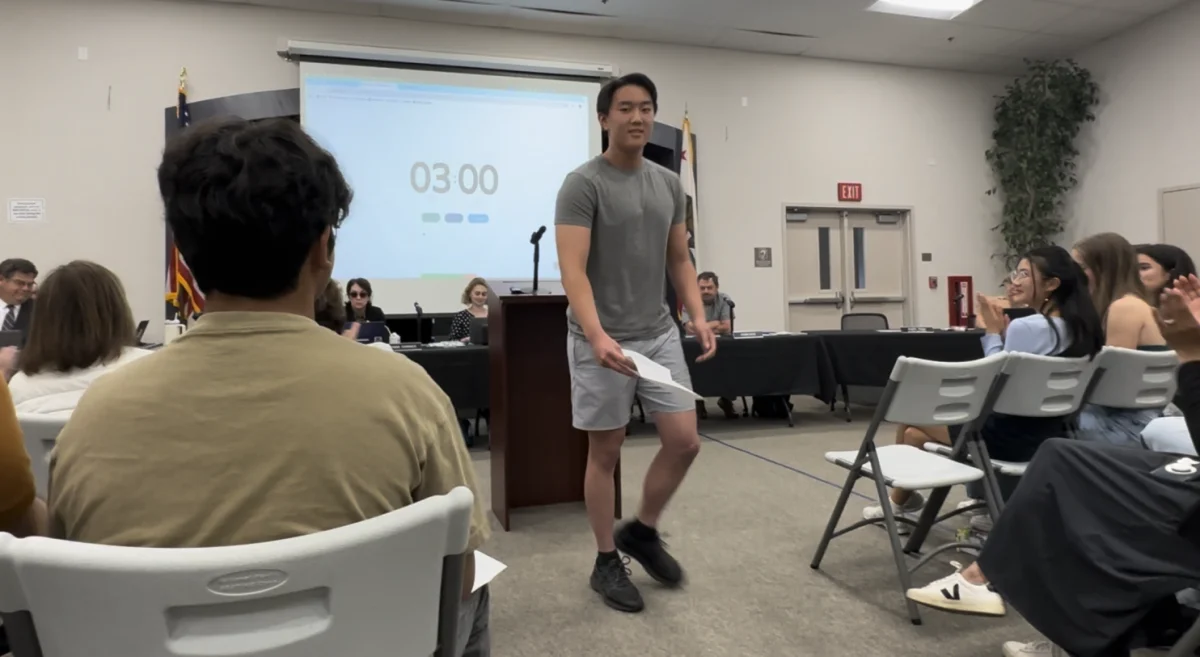Several years ago, the state of California authorized online physical education courses for students. This decision seemed destined to raise some eyebrows. Is there a problem with the education system when the words physical and online appear in the same course title?
Taking more academic courses outside of high school can produce the same reaction, but students should not be so quick to dismiss this alternate avenue for education. Students should recognize that everyone’s academic experience is unique, and that taking a course outside of the school can have both benefits and consequences, depending on their situation— the experience is not completely one-sided. As with many decisions, there are negatives and positives that should be evaluated together. The fact that these drawbacks exist should not deter students from even considering the possibility.
To begin with, common services for those interested in online courses are Brigham Young University (BYU) or Education Program for Gifted Youth (EPGY), which is offered through Stanford University. In particular, many students elect to take health through BYU in order to finish the course quickly and open up more room in their schedules. Even though the health class at the high school could be equally as good as or better than the one taught through BYU, senior Amanda Klein found the online version more accommodating for her situation.
“I had to … finish taking the class because I was applying Early Decision to the University of Puget Sound, and if I got in my first semester score report would need to be sent in,” Amanda said. “I knew I had to work quickly … In fact, I sat down and did the entire course in four hours one Saturday. I could work at my own pace, which is fast, and not have to worry about completing any ‘busy-work,’ or homework, worksheets, discussions or group work.”
EPGY, on the other hand, is commonly used to pursue more academic credits online, such as the Trigonometry course Stephen Song took there.
“The biggest advantage was freedom,” Stephen said. “It was very self-directed; you chose what pace to go at and how to study. Because the main course material was made up of lectures, I could go back and rewatch some things if I didn’t understand them, and then [use] Khan Academy or textbook for whatever I didn’t understand afterwards.”
At the same time, this freedom from the classroom can be a hindrance.
“The biggest disadvantage was … the self-direction that came with it,” Stephen said. “You lose the classroom environment when you’re taking courses online. Suddenly, you don’t have anyone to ask questions about the homework or to discuss about the class with.”
The important takeaway for students is to not be initially discouraged with the idea of outside classes; as Stephen shows, there are positives amongst negatives. In addition the cost of not only EPGY but other programs can be high as well, yet students should still not let this aspect make the decision.
“Another disadvantage for some people may be the cost,” Stephen said. “Yes, these things do cost money … and for what it was, knowledge I could learn online for free should not cost hundreds of dollars, yet that’s the price to pay in order to get my credits for my transcript.”
On the other side of the spectrum, schools such as Saint Francis or the School for Independent Learners (SIL) provide students with the opportunity to take classes outside of LAHS while still maintaining a classroom environment. Similarly though, there are both benefits and drawbacks to pursuing these alternatives. Over her 8th grade-freshman summer, senior Jacqueline Liu chose to take Geometry at Saint Francis.
“The major drawback was the quality of the course,” senior Jacqueline Liu said. “Since most students in the class had flunked it the first time around, the material was made really easy. The teacher also didn’t have much control over things, and didn’t seem to be very knowledgeable.”
However, while this particular course may not have been of the same quality of the same one at the high school, Jacqueline believes there are still these long term benefits in this decision.
“After I started high school, I realized it was also useful to be ahead a year in math because it allowed me to take more classes, like Statistics and Multivariable Calculus, that I’m really interested in,” Jacqueline said.
Junior Matt Nero, who took Trigonometry/Math Analysis Honors at SIL, believes from his experience is not only possible to maintain this classroom environment, but possibly enhance it as well.
“It was a nice change from the normal high school environment to be in a class of five rather than 25,” Matt said. “I think the course taught the material very well and very efficiently … I haven’t taken Calculus yet, but I feel like [the course] prepared me well.”
From preparation to course quality, when evaluating whether or not to take courses outside the high school, it is important to consider every variable. While hearing of positive or negative experiences from peers can be valuable, choices should not be based solely off these anecdotes–their situation may be different. Students should take a careful evaluation of their own situation before making a decision. Above all though, it is important to undergo this evaluation process instead of rejecting the idea of taking classes outside the high school immediately.








